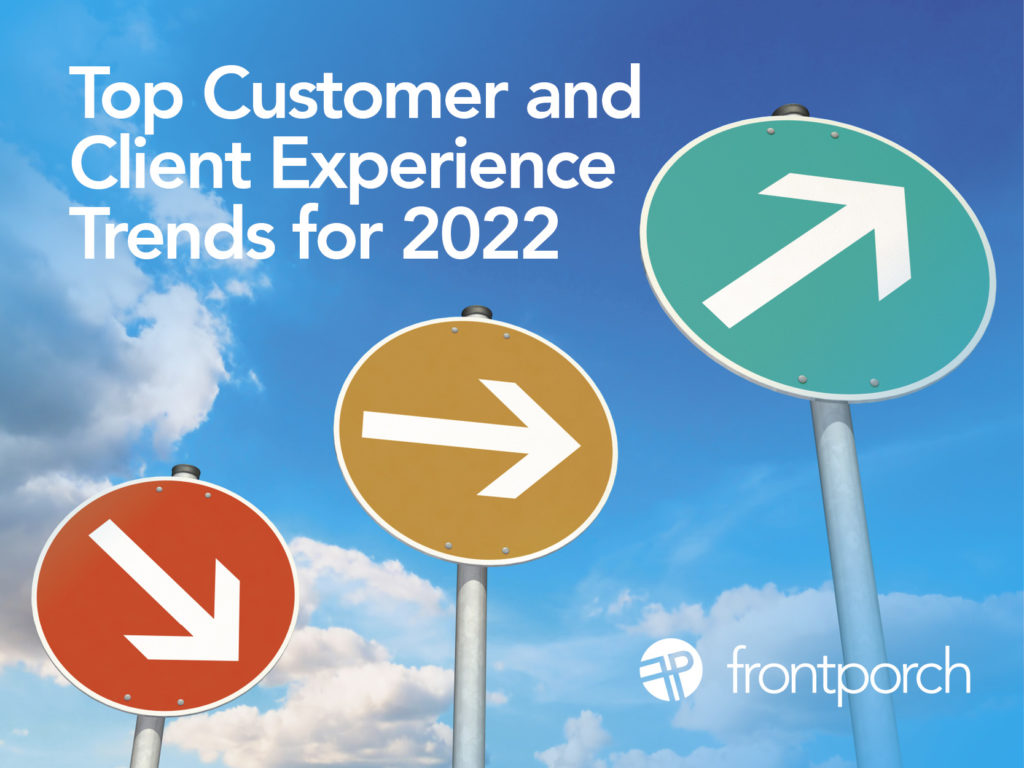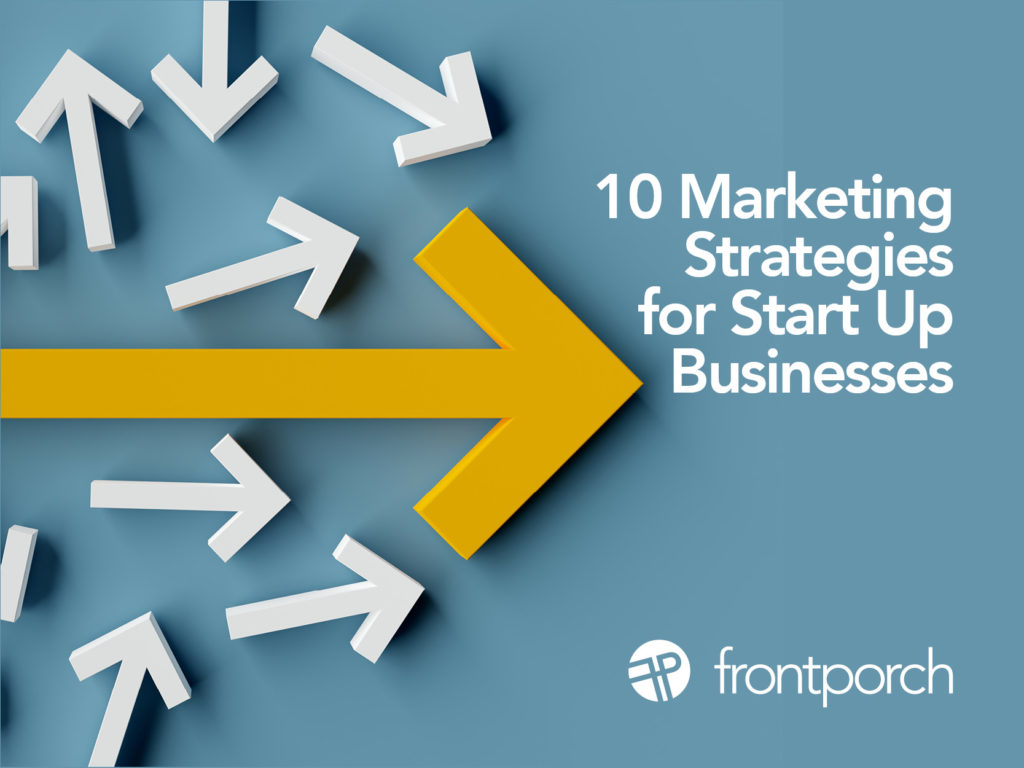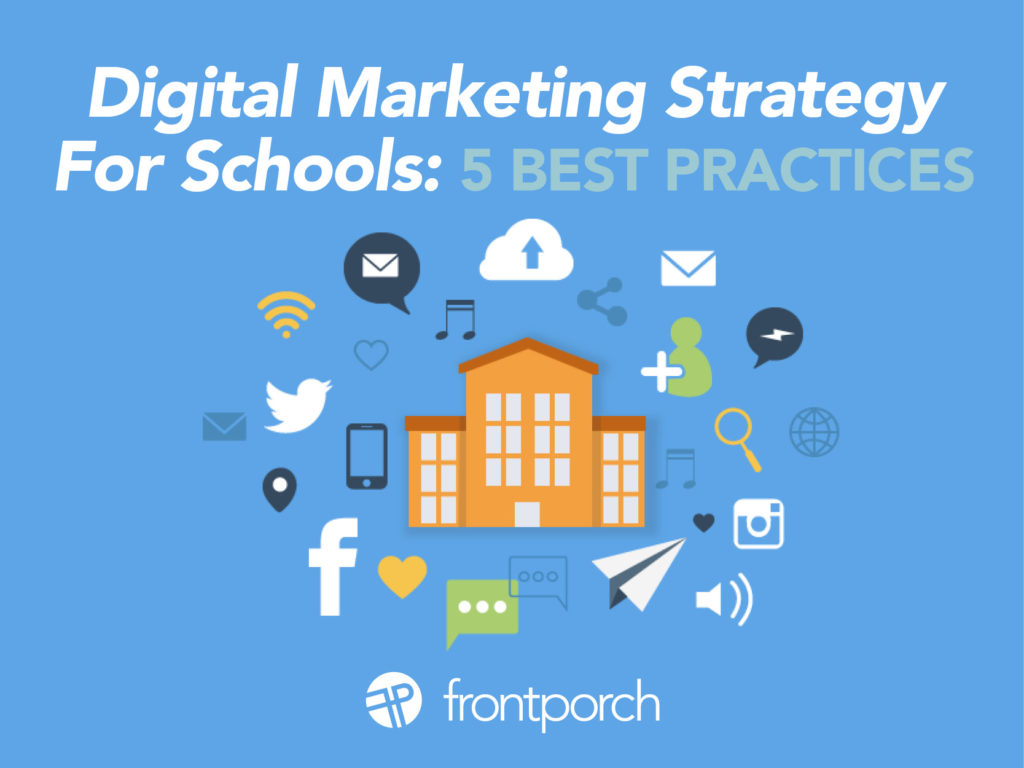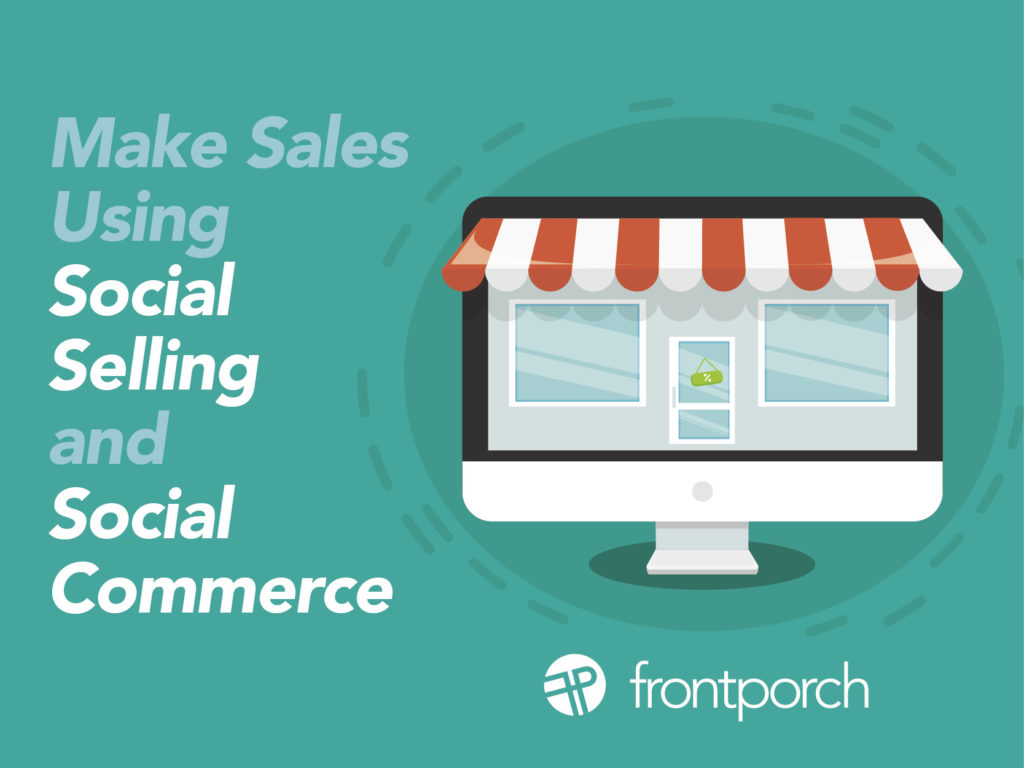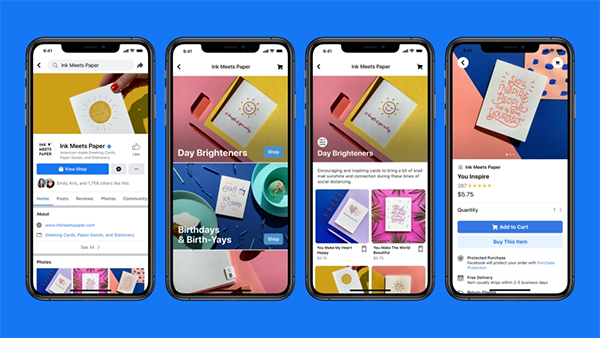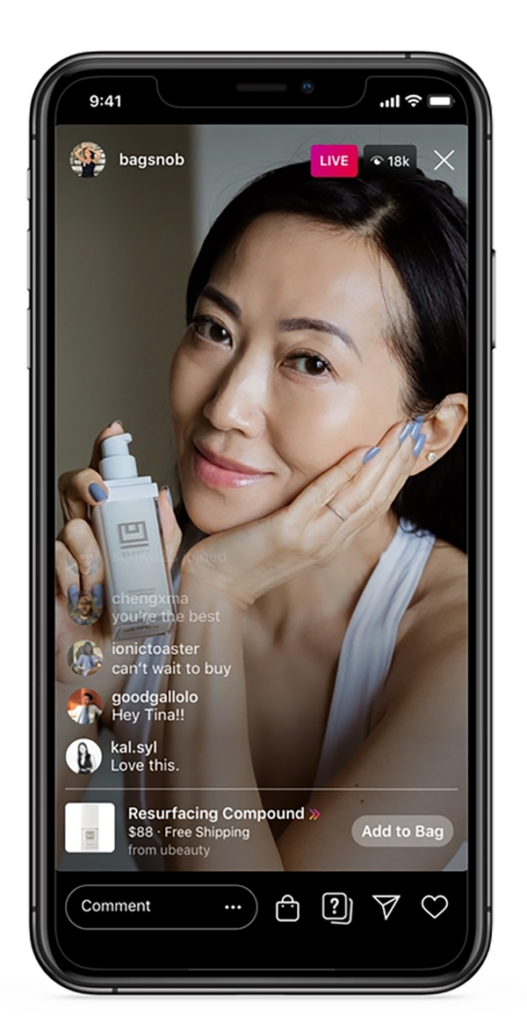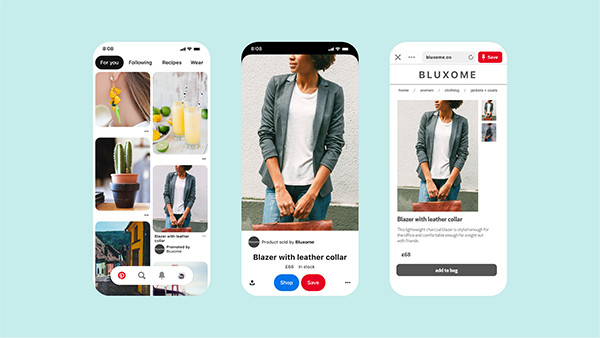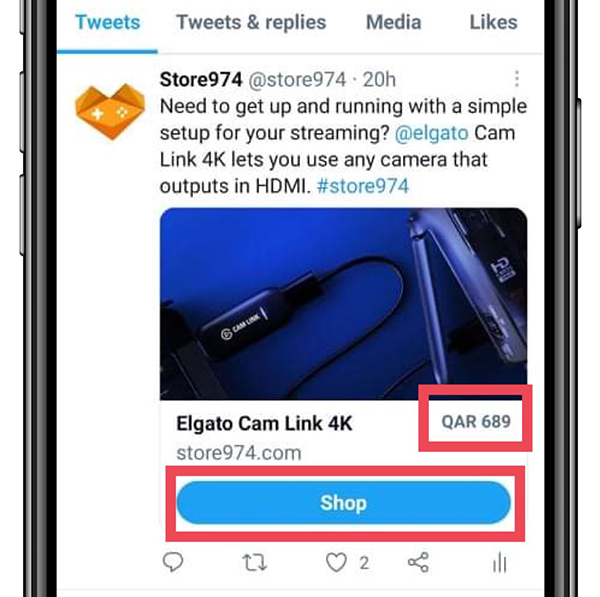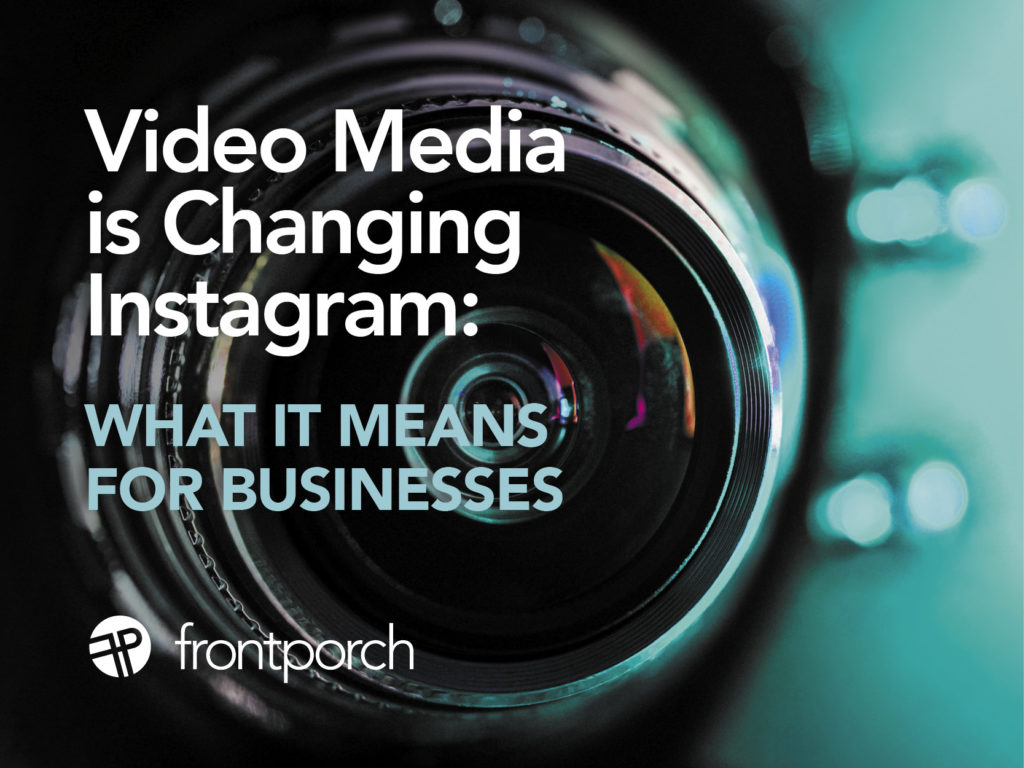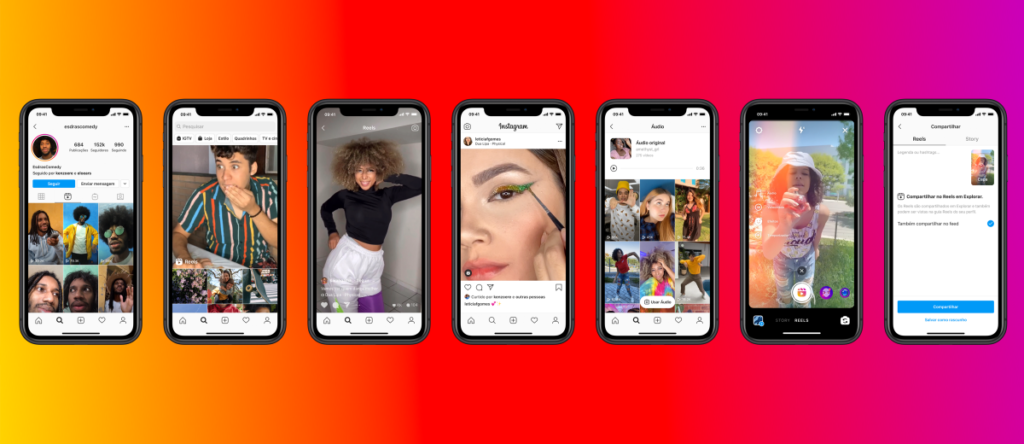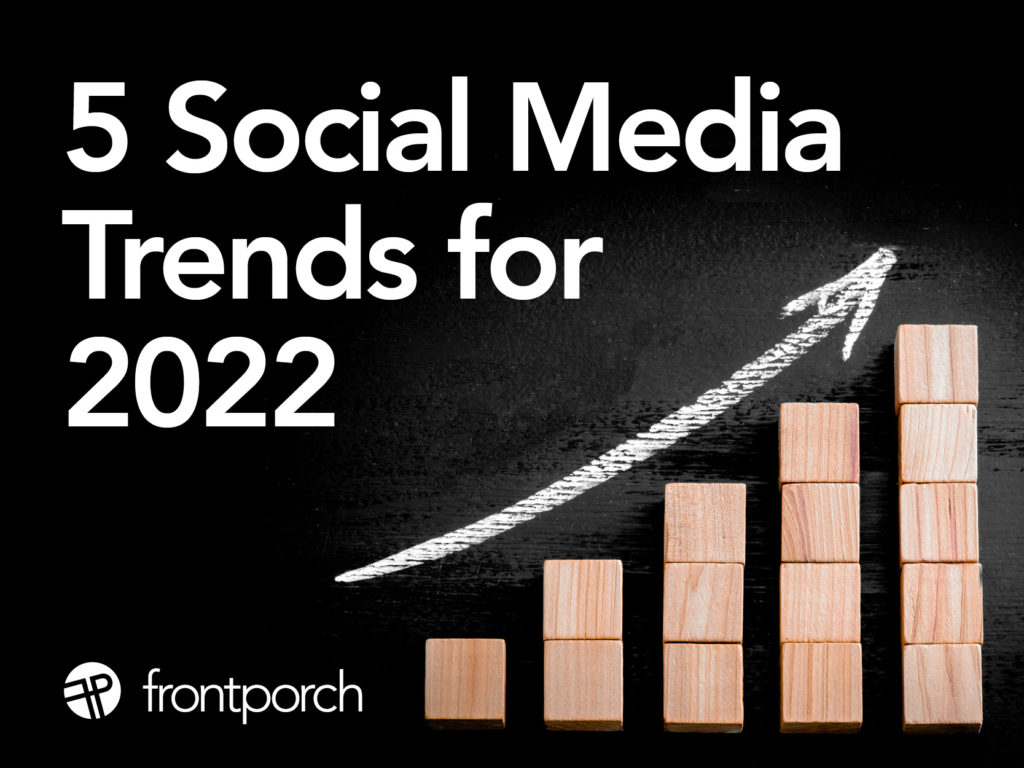
Social media trends for 2022 look a little different than last year.
Social media trends for 2022 will increasingly be about customer experience and personalization. Those agendas are paramount. And, most if not all social media platforms are increasingly moving more and more toward “pay to play”. In other words, platforms want you to pay to get people to see your social media. For instance, this looks like boosting posts on Facebook. Trends that involve an interaction with customers, and especially those that offer some measure of personalization (as opposed to just pushing out a message to everyone) will top brands’ to-do lists.
Here are some of the social media trends we see for 2022.
- Short-form Video – Less is more, and people don’t read. The human attention span is short. So, a video a minute or shorter is plenty long enough. Do a series of short videos each making one point, instead of one long video. Repurpose your existing long videos into shorter snippets and program them for different social media channels. Reveal a different aspect of your company, or solve a different problem on different channels as opposed to playing the same content on the same day on the same channels.
- Customer Service – Customers are conversing more than ever via DMs, Twitter and comments on posts. Monitor these conversations and be responsive on any channel that customers are contacting you on.
- Social Commerce – Customers want to check out immediately on whatever social channel they are on. Social commerce offerings (like buying a dress directly from an Instagram photo) are growing on every channel. Perhaps this social media trend is appropriate for your product or service.
- Paid Social Advertising – Algorithms continue to change. And, platforms continue to ramp up their paid social offerings. There may be a need to add a paid strategy to your organic posts to get wider reach and more engagement. The ultimate goal is connecting with more potential customers, right?
- Influencer Marketing – Micro or local influencers are more important. Work with these influencers who really already love your brand. They can demonstrate your product or service in a way that is unique to them and resonates with their audience.
Content remains king.
Have a plan. Don’t chase squirrels. Plan your content for the year – or at least the next quarter – to meet your brand’s sales goals, branding initiatives, limited offerings, or even just calendar holidays. Planning your content means have a blog and regularly contribute to it. Then, promote your new content on your social media platforms. Build your content marketing practice like you’d grow a garden. Keep at it.
What do customers want to know? Customers want content that is focused on:
- Deeper Meaning – Be authentic. Answer questions that are helpful and offer perspectives that can be touch points for your brand in a customer’s life. Find your commonality. Create your company’s tenets, and do those fewer stronger things in a deeper way.
- Giving Back – Showcase volunteer efforts and donations. A company’s charitable giving is important for 73% of Americans’ purchase decisions. People WANT to love you. Showcase how you are showing love for others. Giving back increases loyalty.
Overall, after the past few years of being disconnected, consumers are craving connection in every aspect of their lives. But make connection with your brand meaningful. Be convicted. Be consistent. Create a connection that will last, create loyalty, and continue these social media trends for 2022 to the years ahead.




